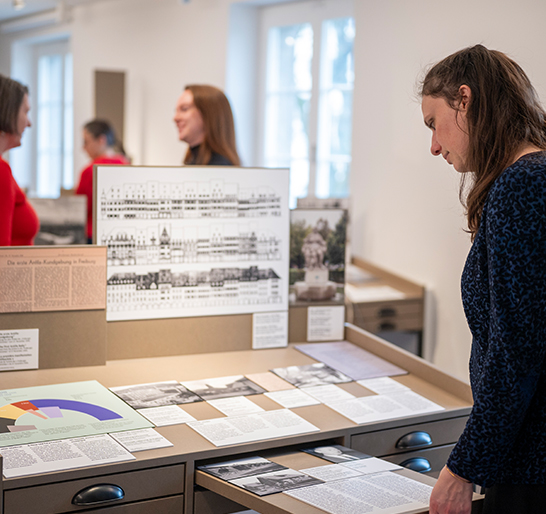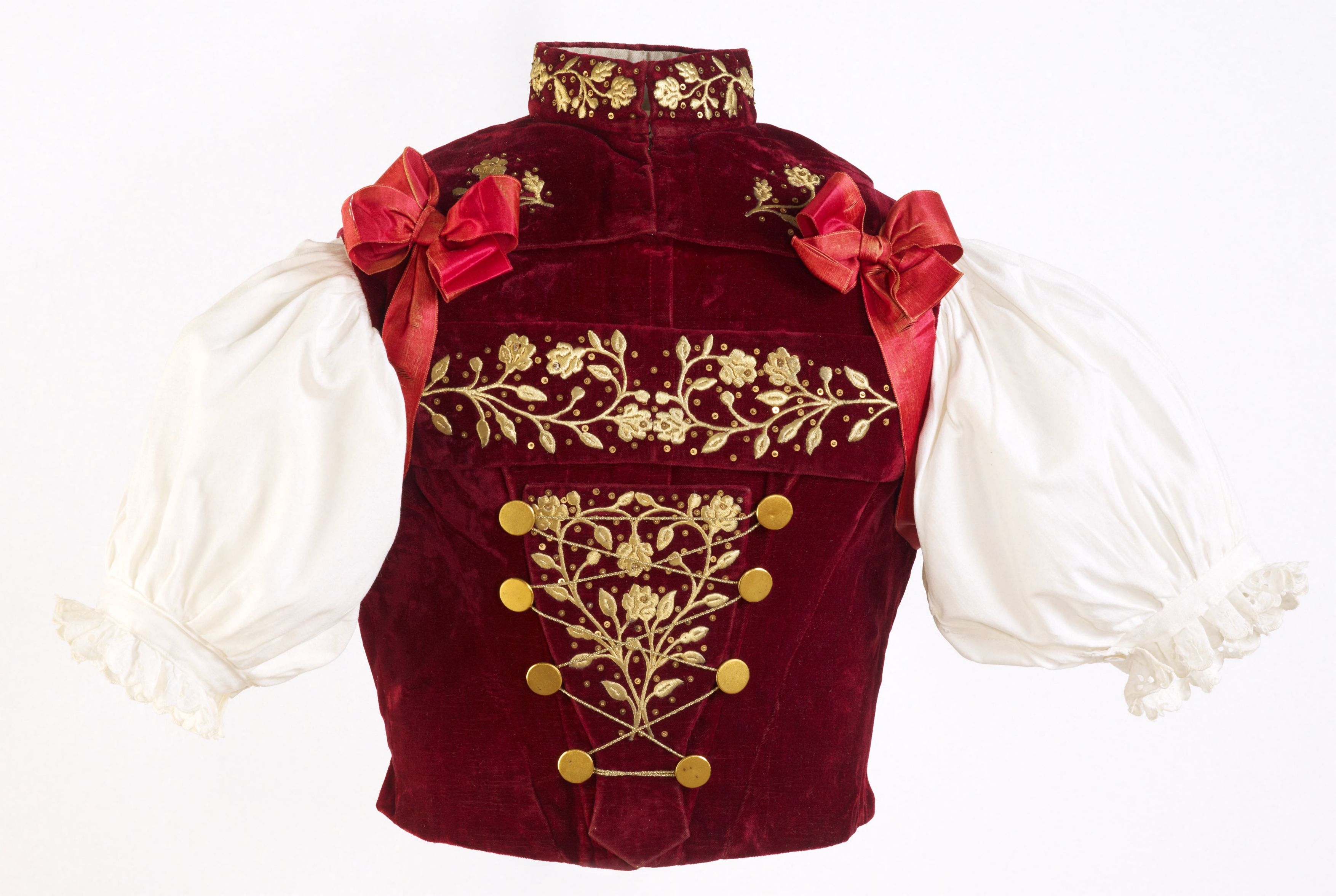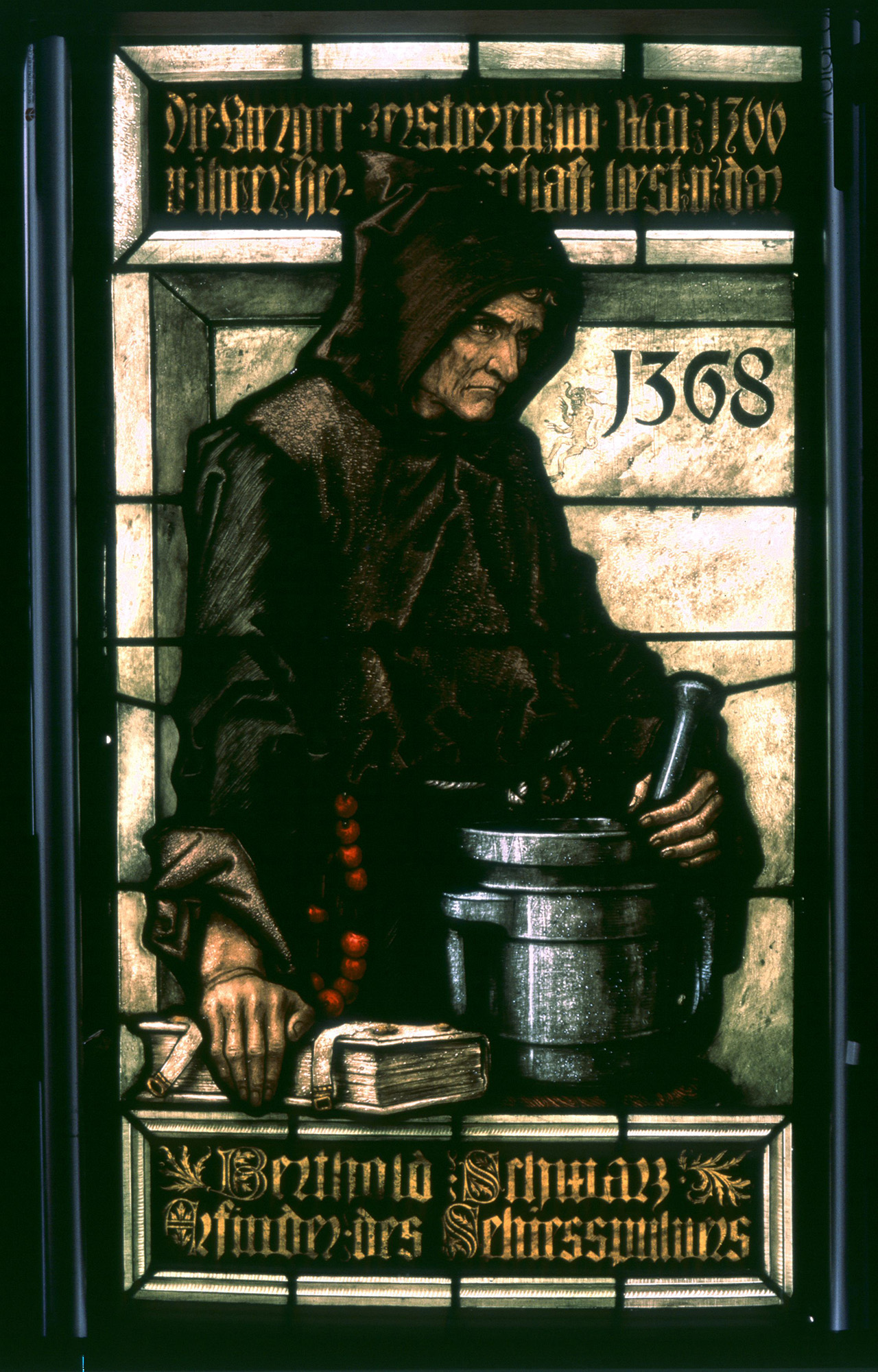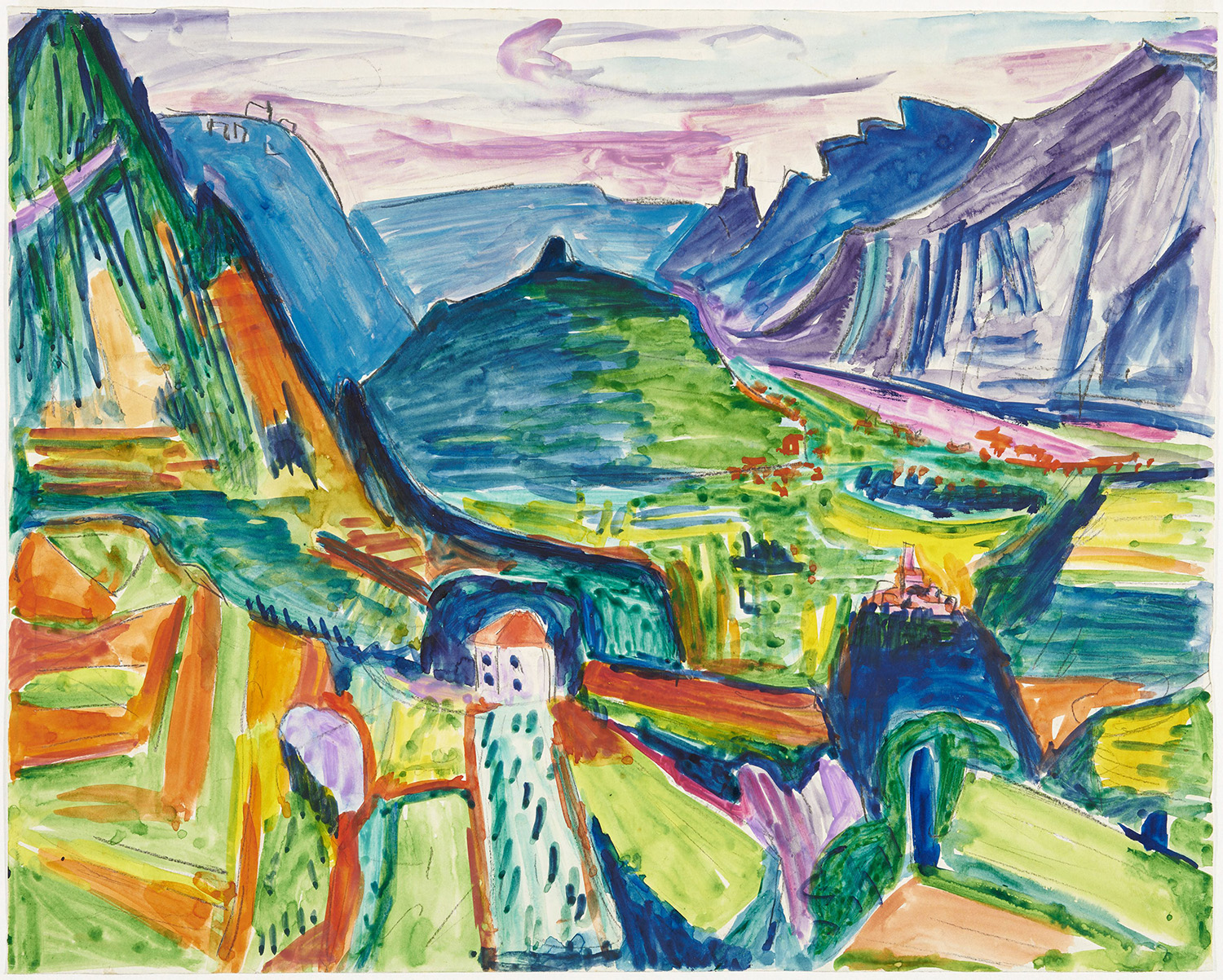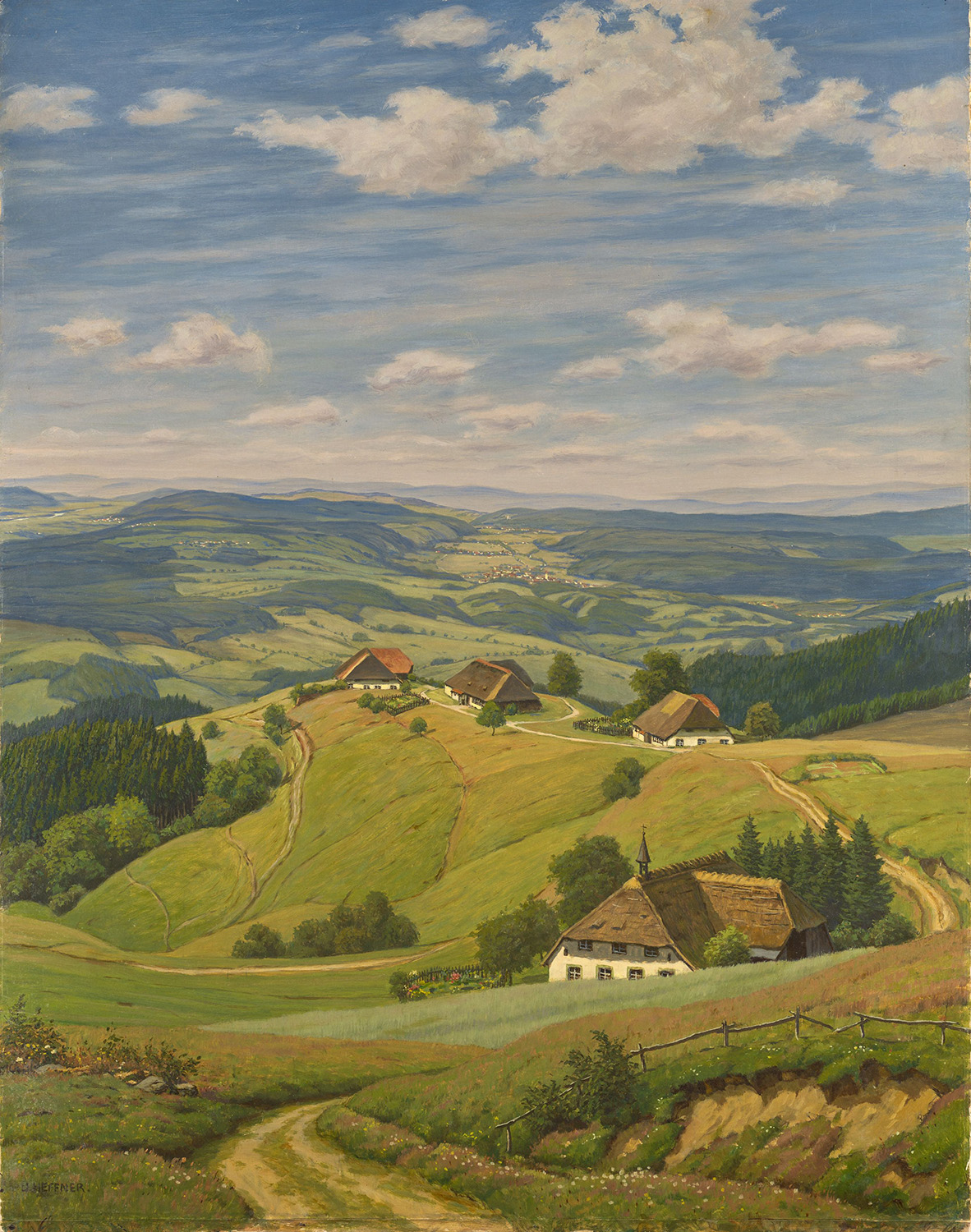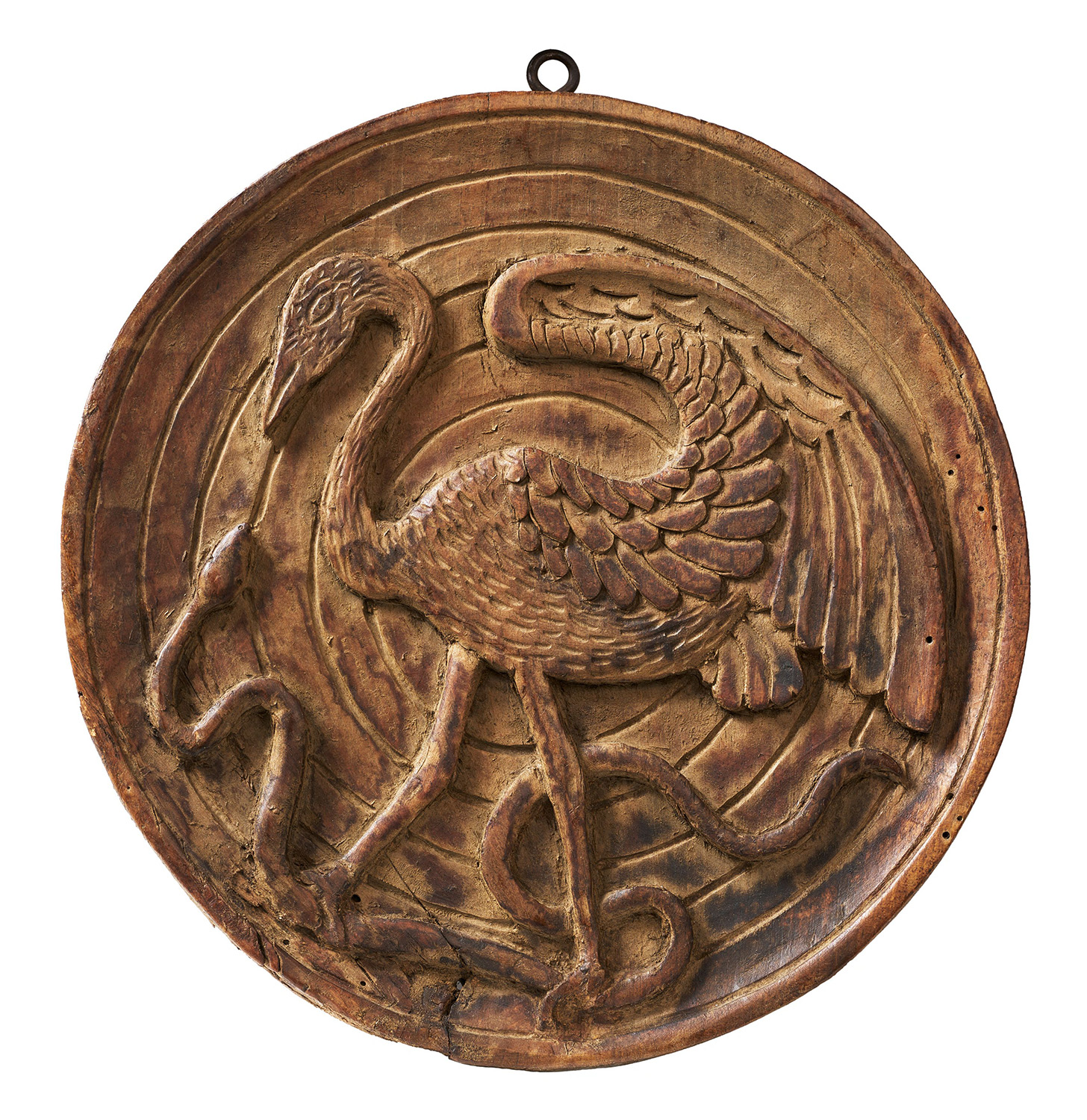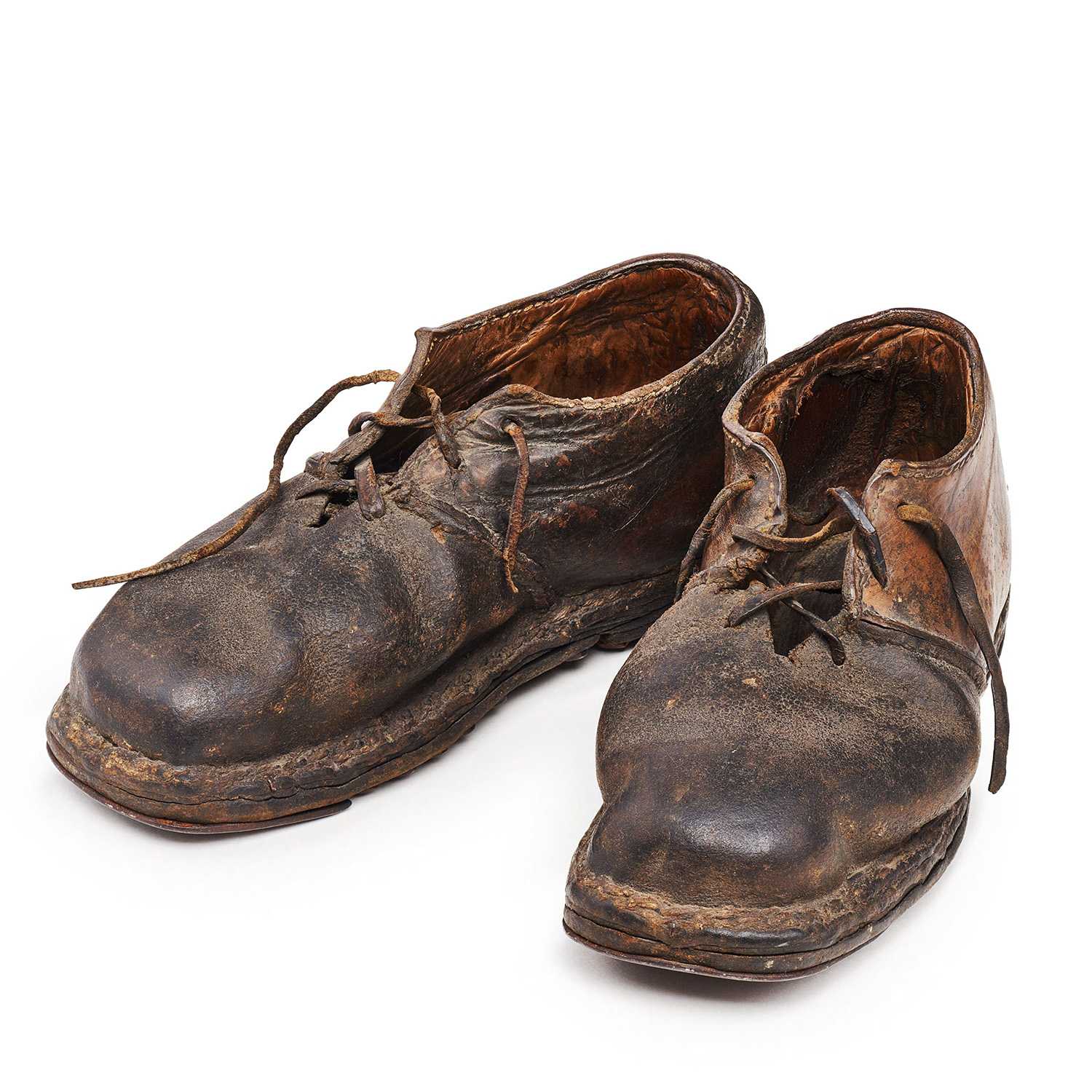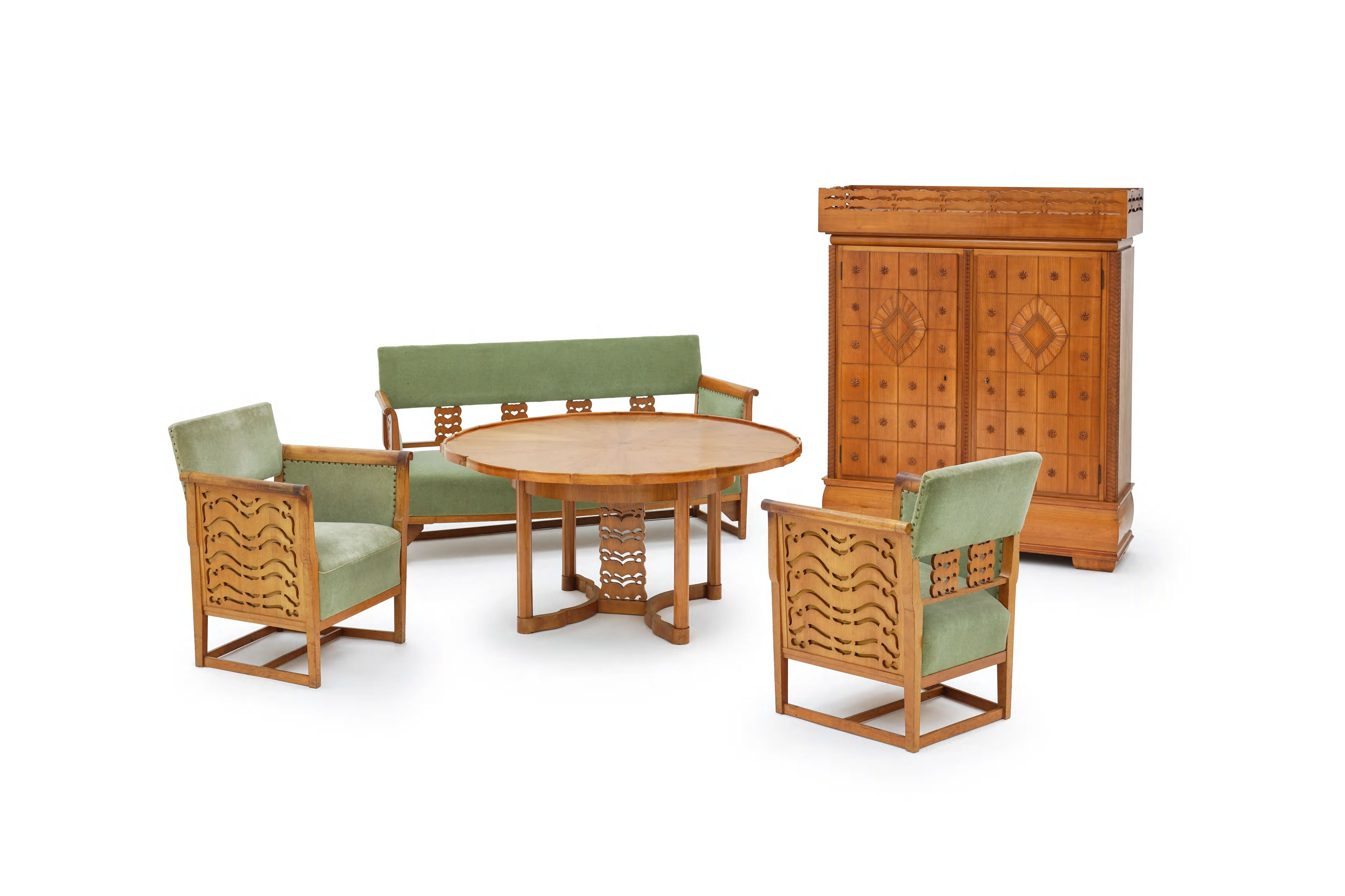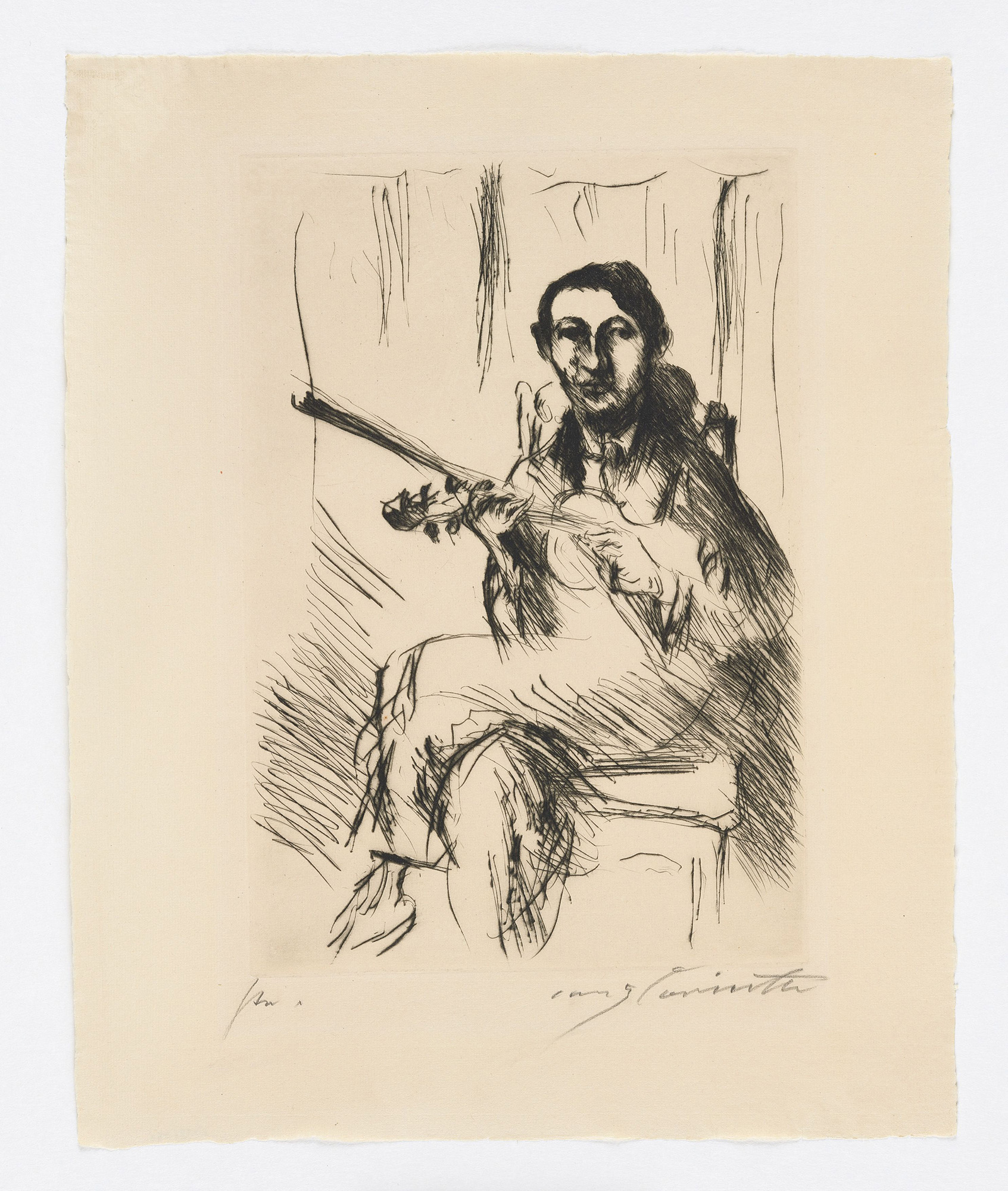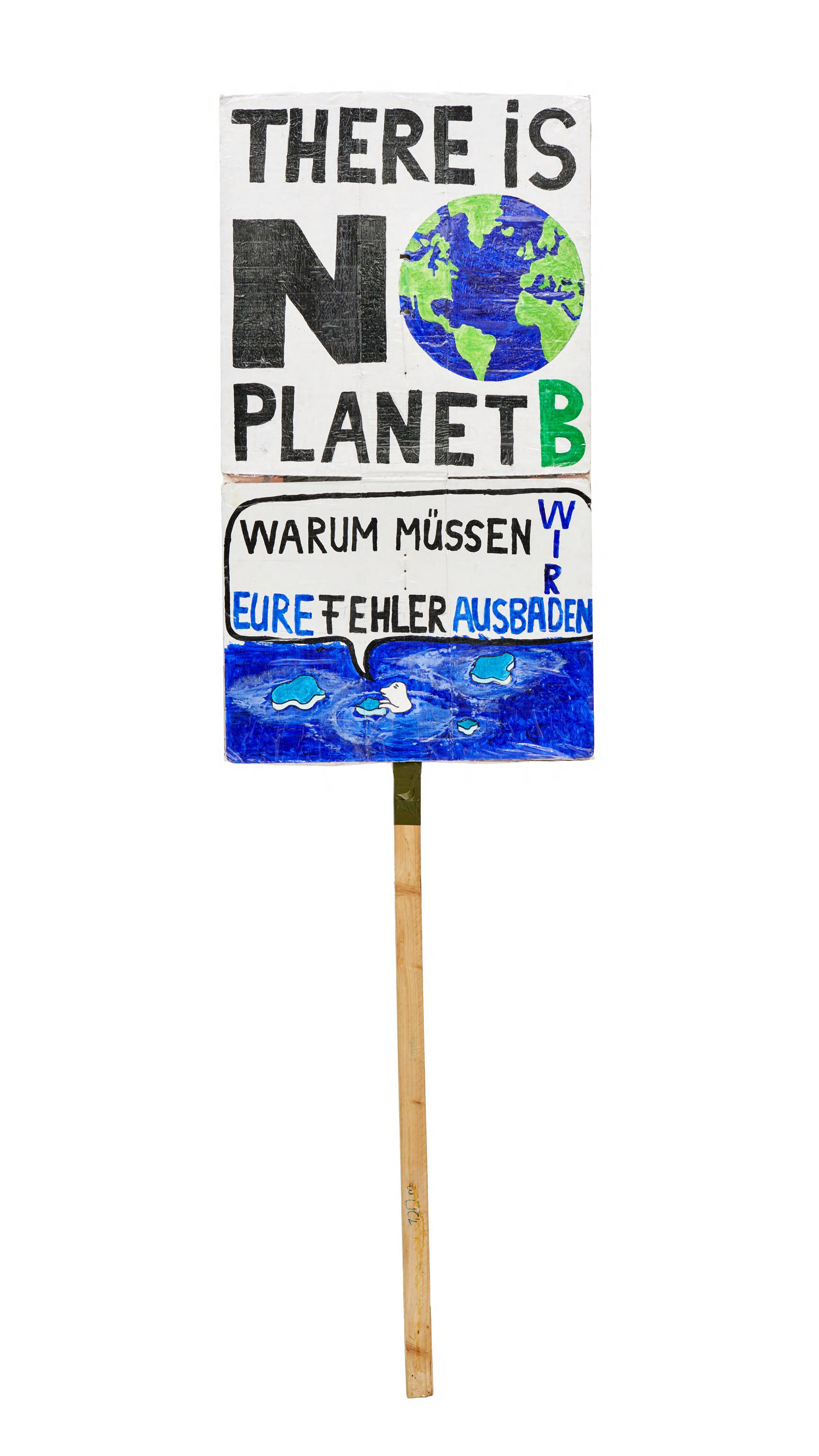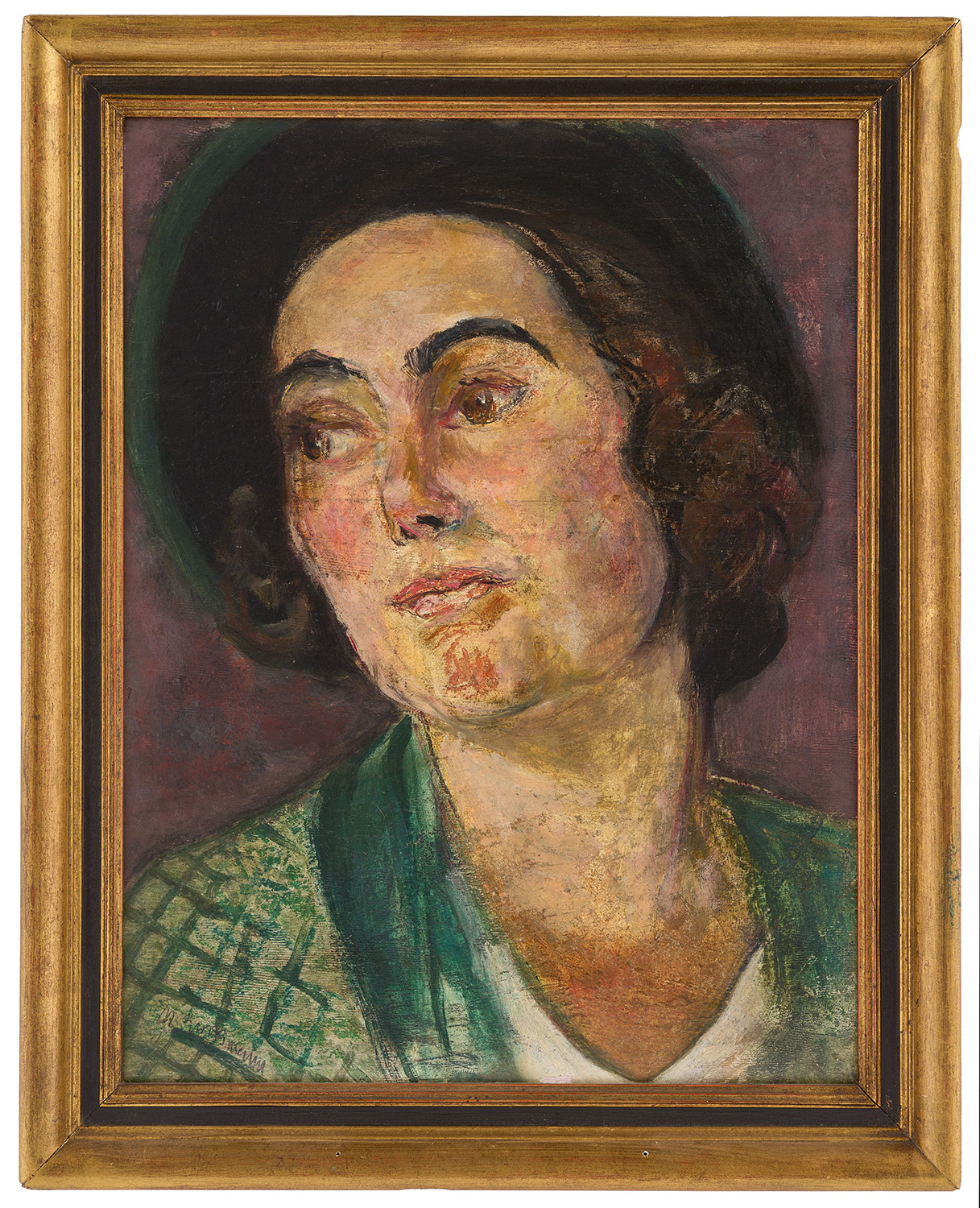Behind the facade
The permanent exhibition, spread over three floors, is dedicated to the events and people of Freiburg and the surrounding area between 1918 and the present day. The exhibition places particular emphasis on the history of the city during the National Socialist era. Four chronologically arranged and individually designed Zeit-Räume provide an insight into the past. The exhibition also includes a former civilian air-raid shelter in a listed building. The biographies, texts and objects on display are designed to provoke reflection and encourage further research. Digital media, historical objects, reproductions and interactive elements are used here to facilitate engagement with the subject matter. Differently coloured steles comment on historical events and draw attention to the potential for individual and collective action during the NS era.
Freiburg during the Weimar Republic (1918–1933)
Freiburg during the Weimar Republic (1918–1933)
On the ground floor, which also serves as a foyer and function room, digital screens display material from the period between the end of the First World War and the rise of the NS dictatorship. A wall of posters and photographs evokes the atmosphere of Freiburg in the 1920s. A large mural by Theodor Kammerer from 1939 is partially visible.
The Establishment of the Dictatorship: Exclusion and Adaptation (1933–1938)
The Establishment of the Dictatorship: Exclusion and Adaptation (1933–1938)
The former public air-raid shelter can be accessed via the historic 'gas lock'. Inside, glass panels suspended from the ceiling depict a variety of notable buildings and public spaces. Each panel is accompanied by exhibits and texts that provide an insight into the specific local events that took place, as well as related historical contexts and personalities.
World War II: Normality and Dehumanisation (1938/39–1945)
World War II: Normality and Dehumanisation (1938/39–1945)
The exhibition presents a detailed account of the extraordinary levels of violence and the coexistence of seemingly normal life in Freiburg during the war in chronological order. The second room in the basement is dedicated to the years 1938-1942. In an adjoining room, an interactive media station allows visitors to trace the lives of individuals across Europe, thereby conveying the spatial extent of the violence. With the declaration of 'total war', the course of the war changed. The last two and a half years of the war, as well as the liberation and subsequent occupation of Freiburg by the French military, are presented on the upper floor of the building.
Freiburg and National Socialism – What Remains? (1945 to the present day)
Freiburg and National Socialism – What Remains? (1945 to the present day)
The final section of the exhibition, entitled Zeit-Raum, is devoted to the consequences of and strategies for dealing with the legacy of National Socialism in Freiburg. Thematic tables present extracts from the first post-war years and decades. Numerous drawers allow for in-depth study according to interest. The struggle to acknowledge and come to terms with the National Socialist past continues to this day. With a view to the present, the exhibition points to the constant change in memory and invites visitors to reflect on their own attitudes towards 'learning from history'.
Onlinesammlung






